Coyotes (Canis latrans) have expanded their range across North America. They now inhabit every corner of the United States, including rural, suburban and uban environments. Their success is attributed to their adaptability to diverse habitats and broad diet. It is important that we educate ourselves on how to handle an encounter with a coyote
Understanding Coyote Behavior
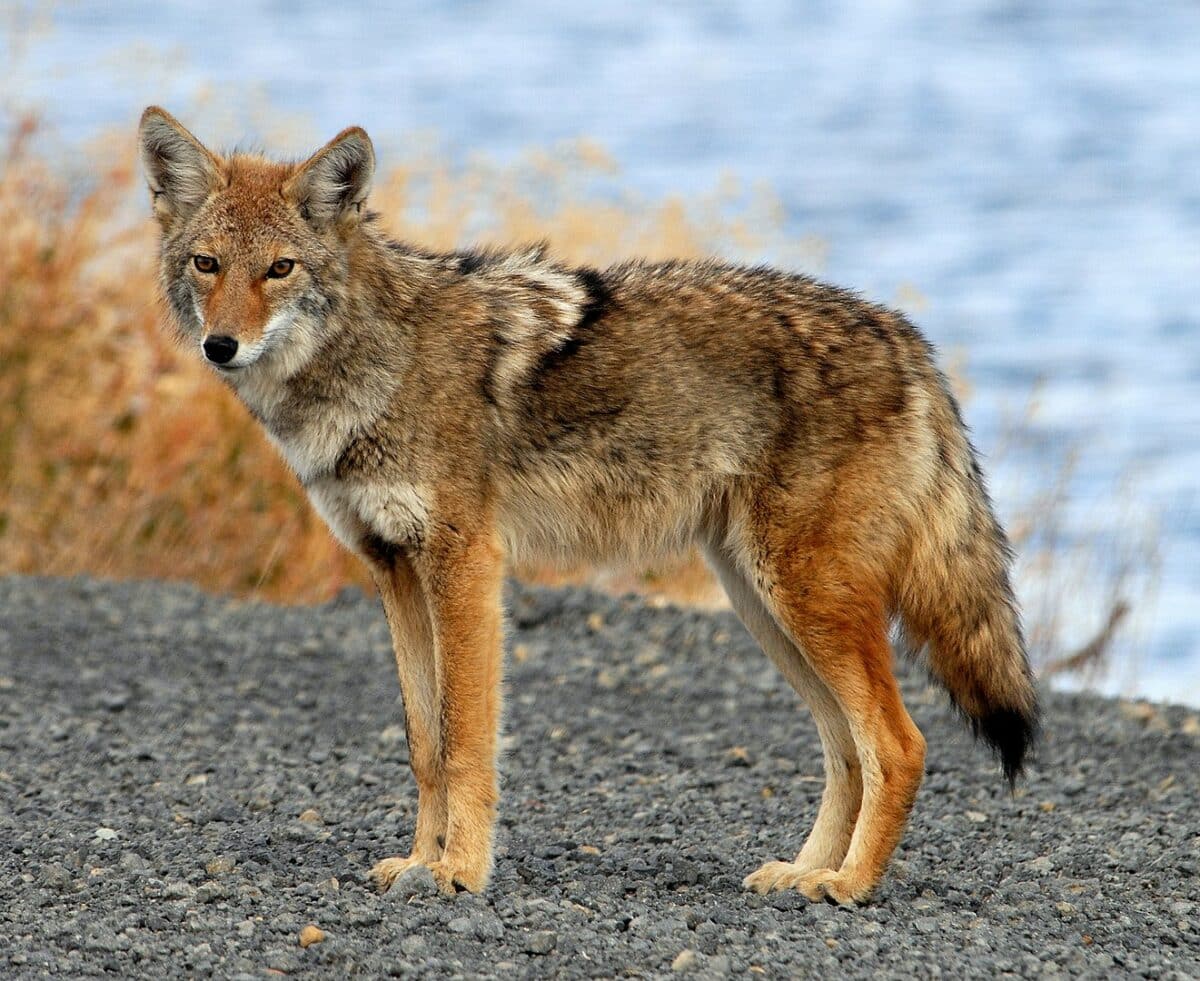
Coyotes are primarily nocturnal, however they are often seen during daylight hours, especially when feeding their young. They are omnivores, feeding on various foods in urban settings. Their diet consists of anything from small mammals, fruit, pet food, or anything they can find in the garbage. They are elusive and generally avoid human confrontation.
The Expansion of Coyote Habitats
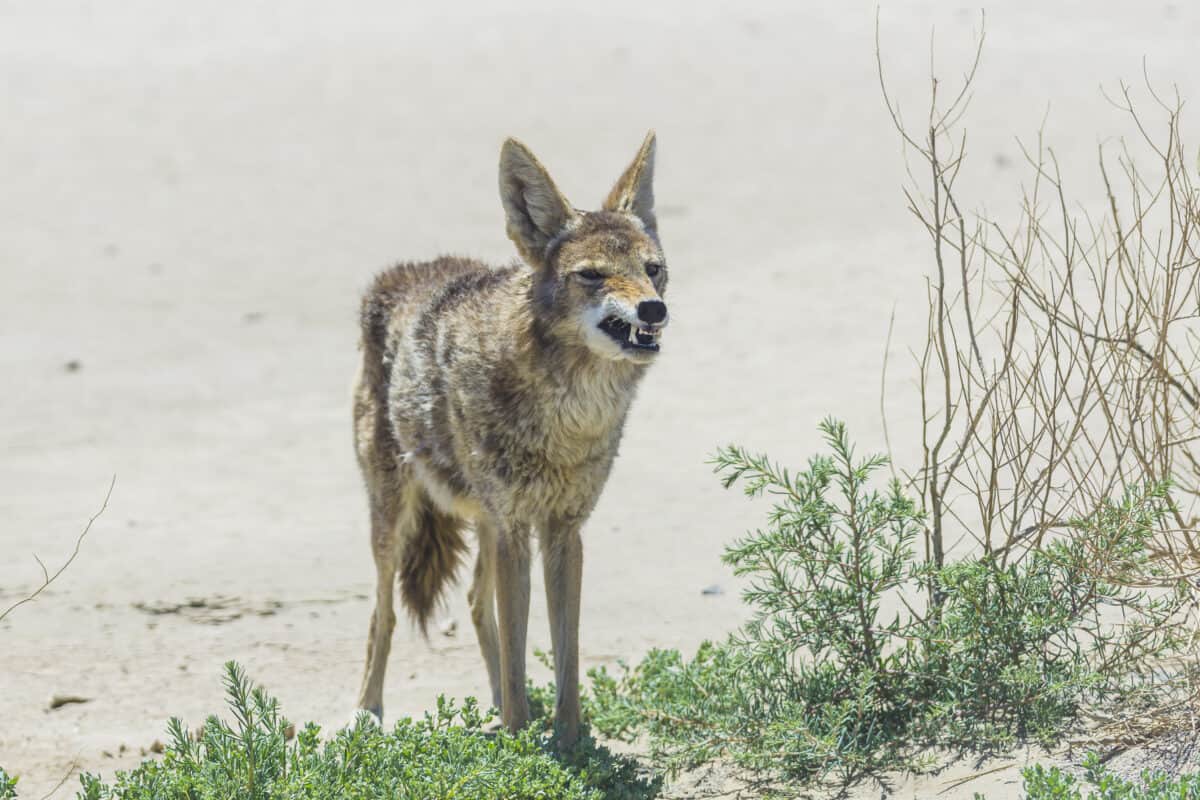
Coyotes have significantly expanded their habitat range in the past few decades. Urban development has resulted in the reduction of large predators and has allowed coyotes to move eastward. They have adapted to life in cities and suburbs alongside humans. Their close range to human populations has increased sightings and interactions between coyotes and humans.
Coyote Encounters: Understanding the Risks
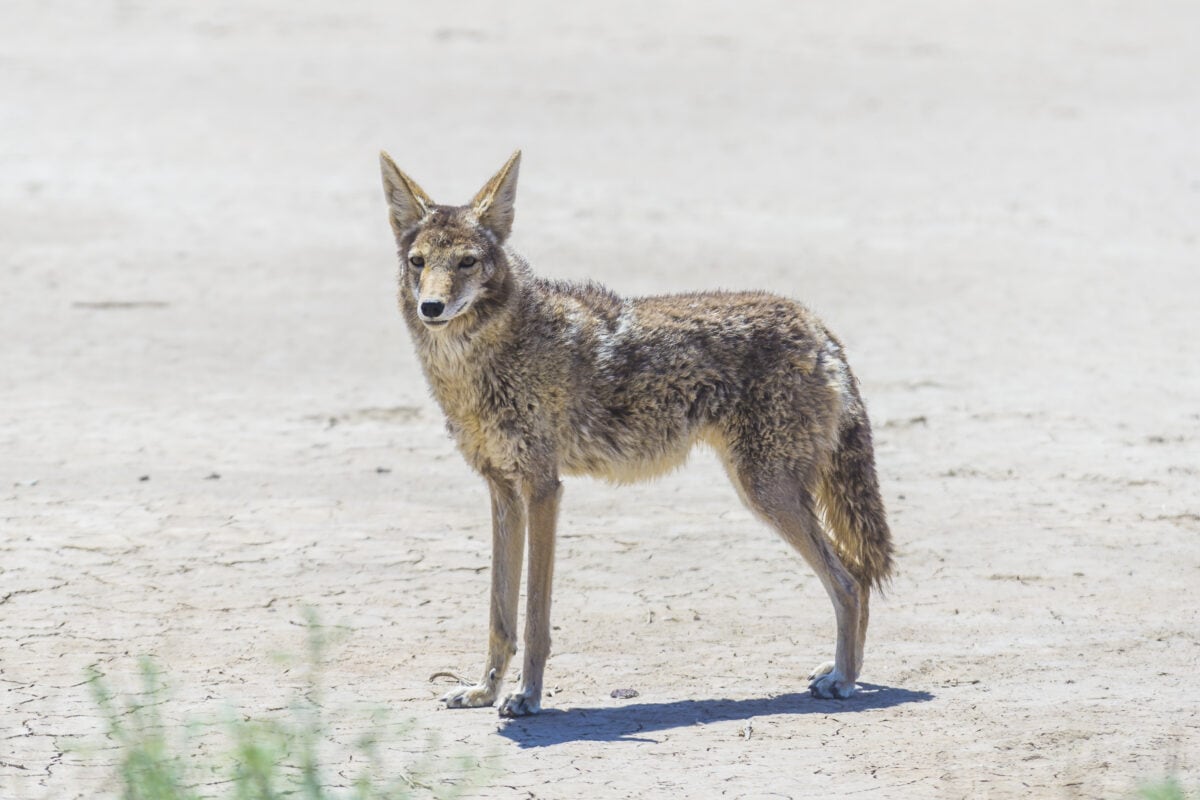
Coyotes generally avoid human contact and conflict, however there have been instances of coyotes displaying aggressive behavior. These instances have usually occurred when they feel threatened or if they are sick.
Safety Measures: If You Encounter a Coyote
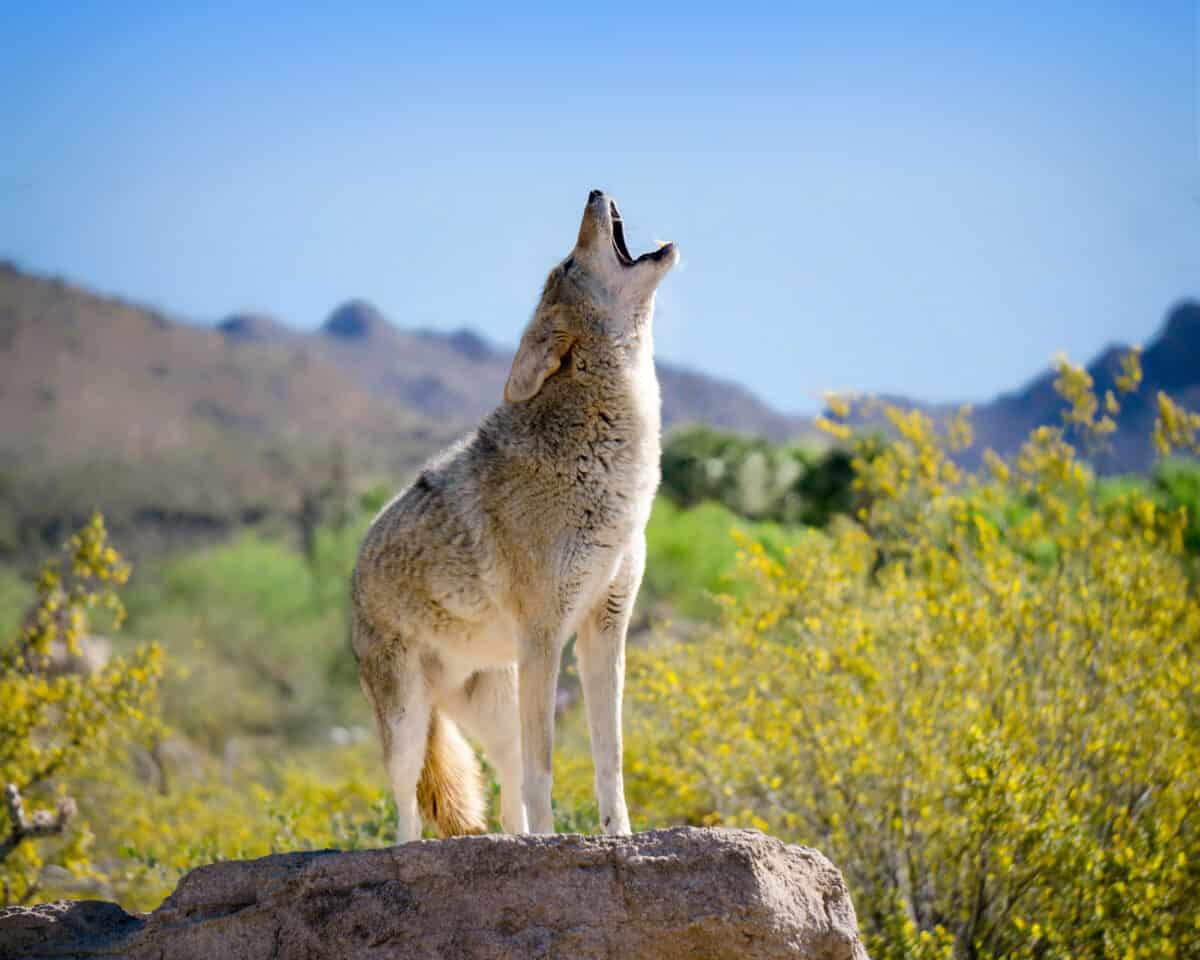
- Do Not Feed Coyotes: Feeding coyotes can cause them to lose their natural fear of humans, which could lead to more negative encounters.
- Haze Coyotes: Similar to most wildlife interactions, making yourself appear larger and making loud noises helps scare them away.
- Keep Pets Safe: Keep a leash on your pets outside and never leave them unattended, especially at night.
- Secure Food Sources: Secure garbage cans and remove pet food from the outside to avoid attracting coyotes.
Coyote Attacks: How Common Are They?
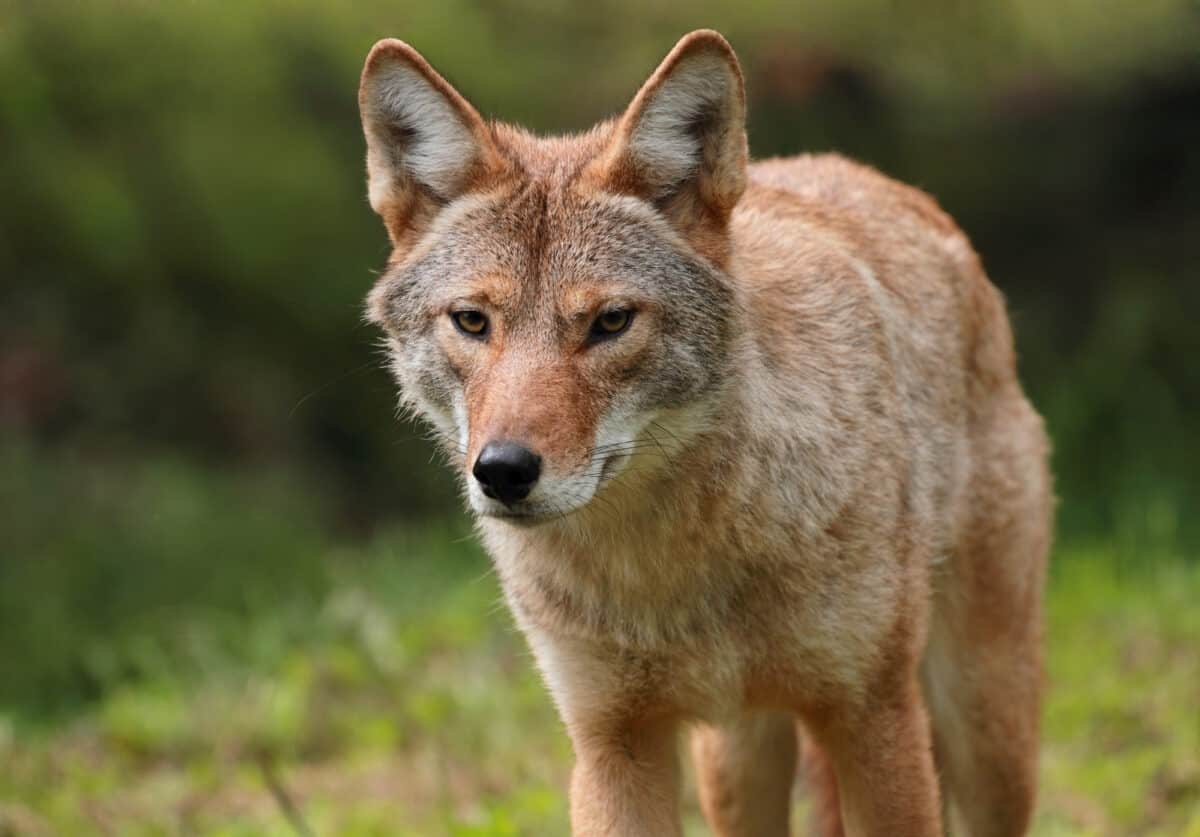
Coyote attacks on humans are extremely rare. Most coyotes avoid people, and negative interactions are often a result of direct or indirect human actions, such as feeding coyotes or allowing pets to roam freely.
The Role of Coyotes in Ecosystems
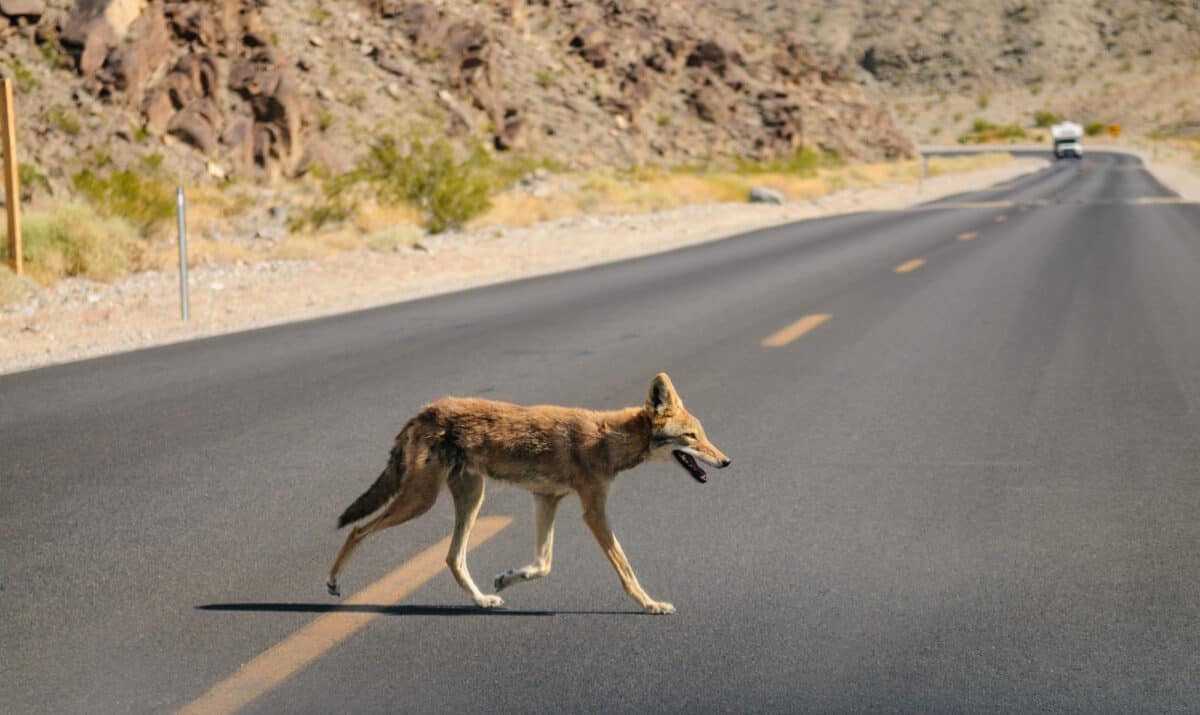
Coyotes play a crucial role in maintaining healthy ecosystems. They help control rodent and small mammal populations. This reduces the spread of diseases and damage to crops and property. Their presence also indicates a balanced ecosystem.
Coexisting with Coyotes
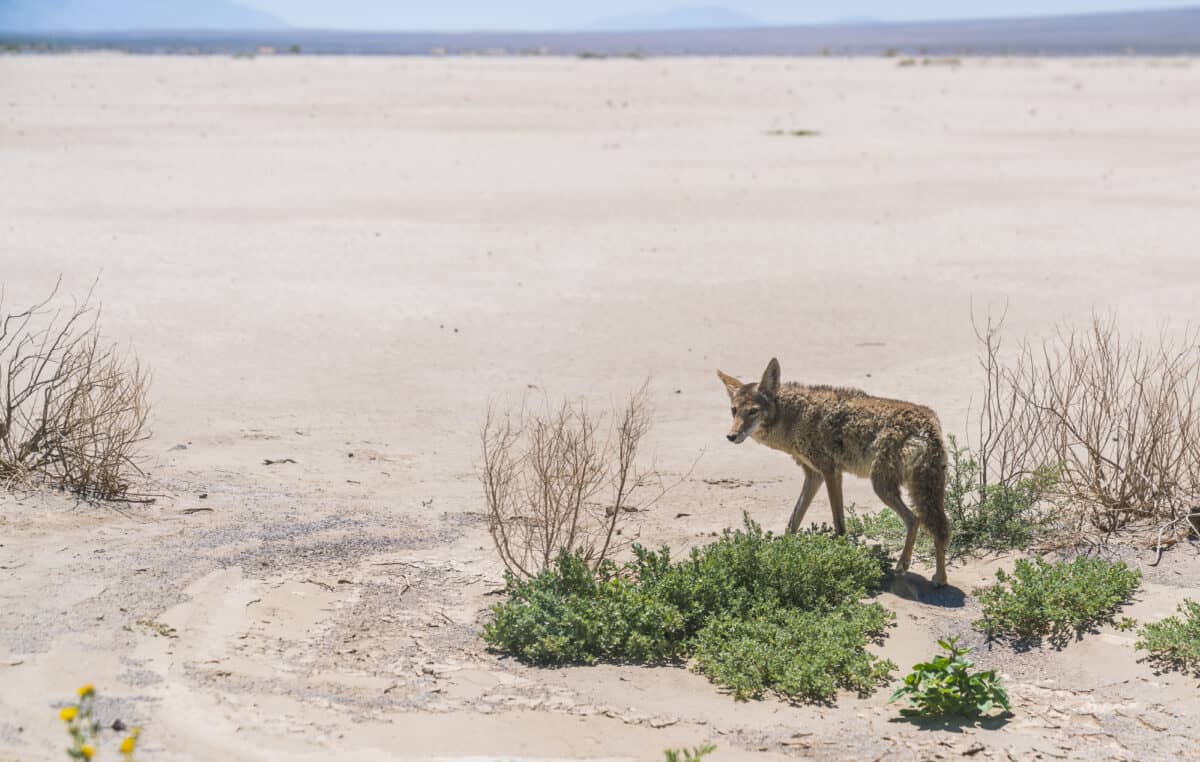
Learning to coexist with coyotes involves understanding their behavior, securing food sources, and educating communities about deterring coyotes without harming them. Local wildlife agencies often provide guidelines and support to help manage coyote populations humanely.
Managing Coyote Populations
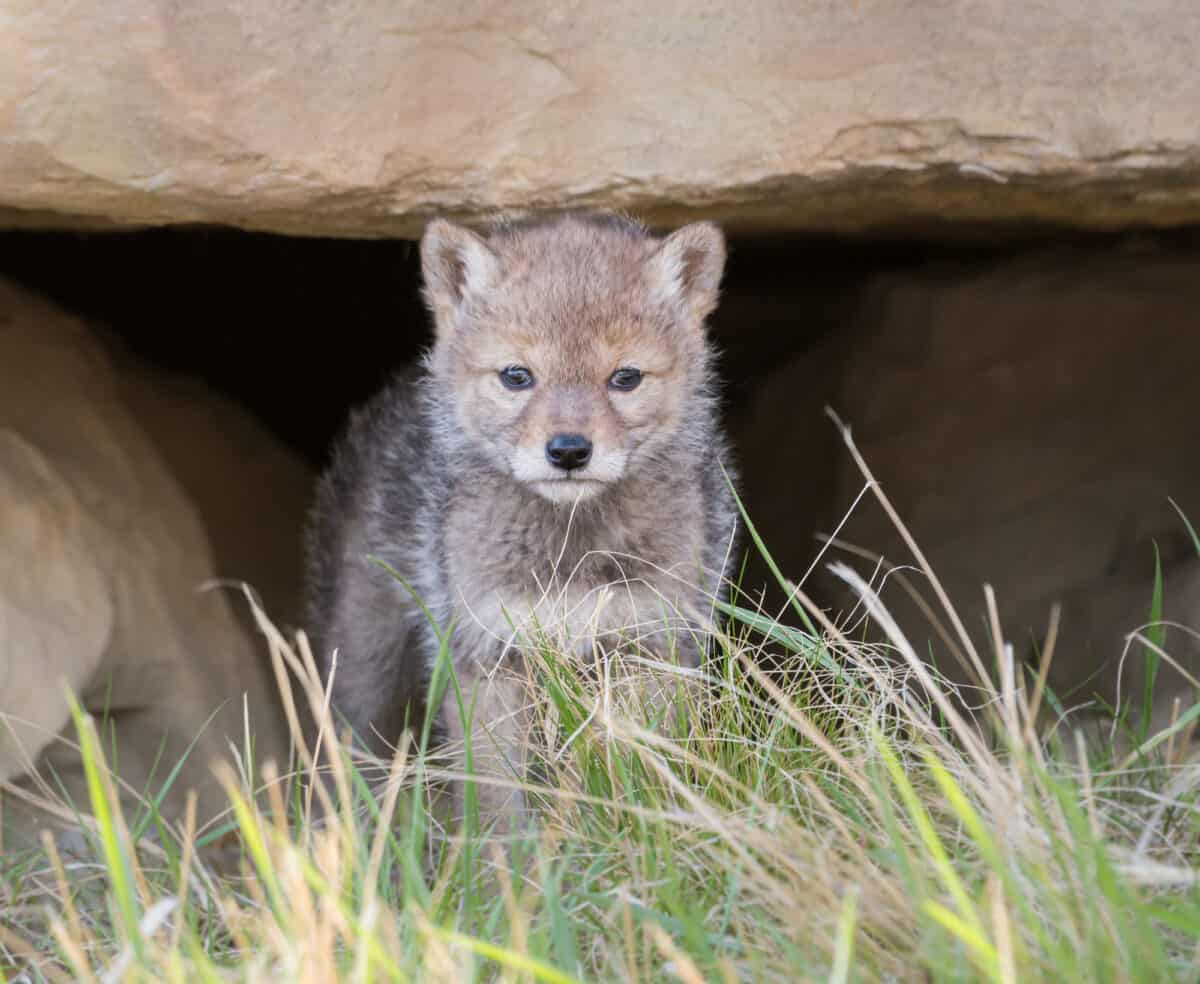
Wildlife management strategies include to avoid negative encounters with coyotes include habitat modification, public education, and, where necessary, the removal of aggressive coyotes. These measures aim to minimize conflicts while respecting the ecological role of coyotes.
Conclusion: Embracing Encounters With Wild Coyotes
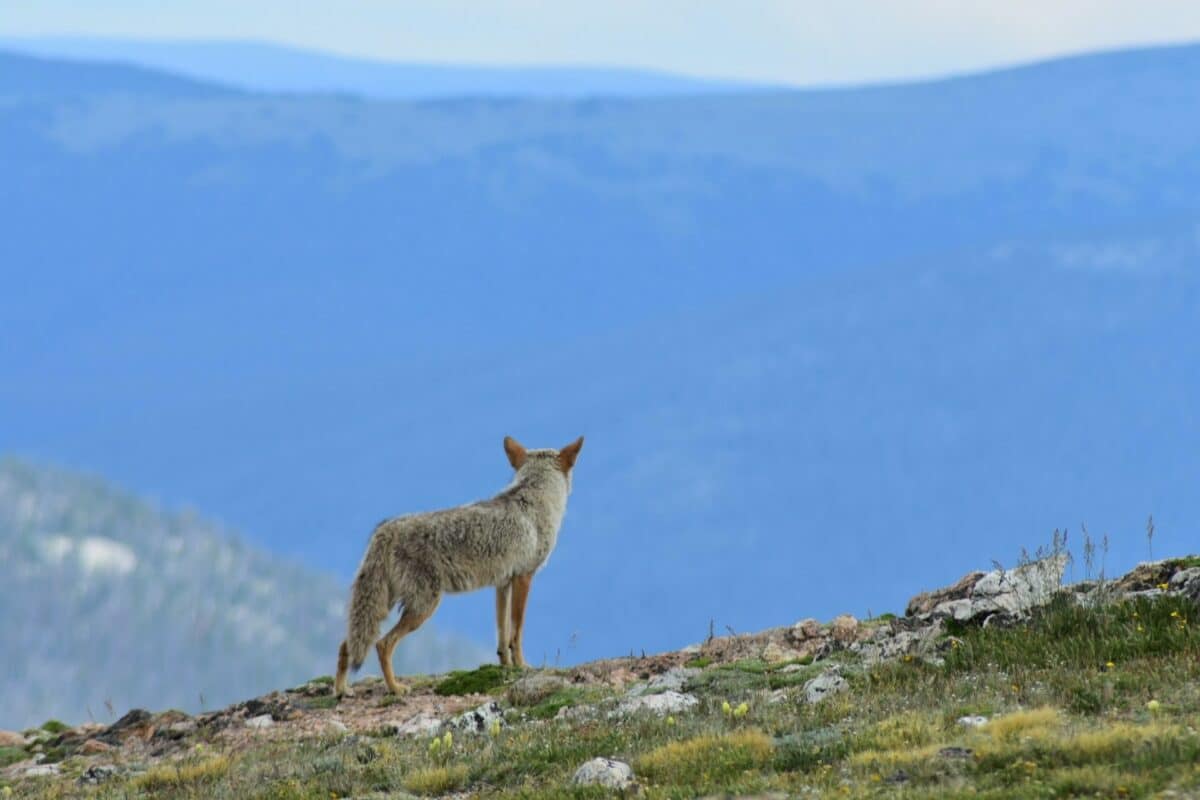
Coyotes are a permanent part of the American landscape. By understanding coyote behavior, taking precautions, and respecting their role in nature, we can reduce negative encounters and learn to coexist with these remarkable animals.
You might also enjoy:
- Selfless Man Saves Coyote Hanging Upside Down
- Fox vs Coyote
- Watch: Viral Video of a Fearless Cat at Faces off with a Coyote
- 7 Birds of Prey in America - April 19, 2024
- Ocras Steal A Baby Humpback Whale - April 17, 2024
- This Lady Doesn’t Need to Buy Herself Flowers—Her Cat Brings Them to Her! - April 17, 2024
